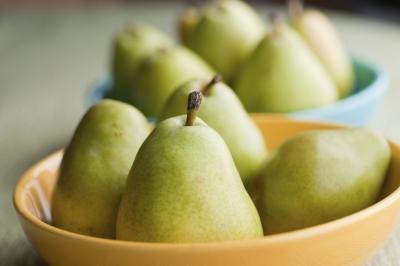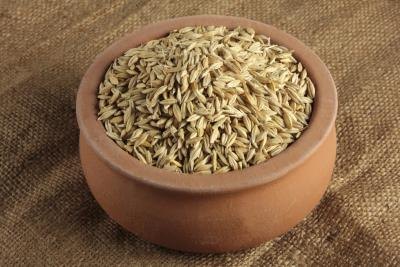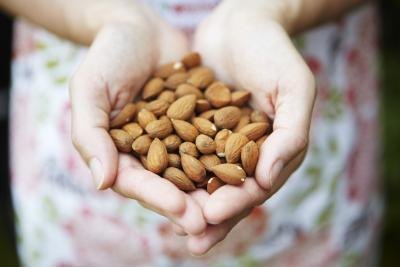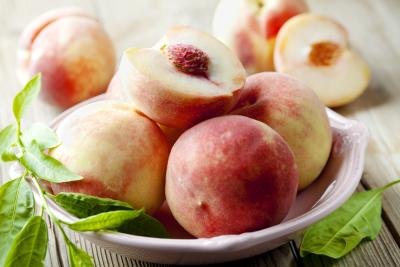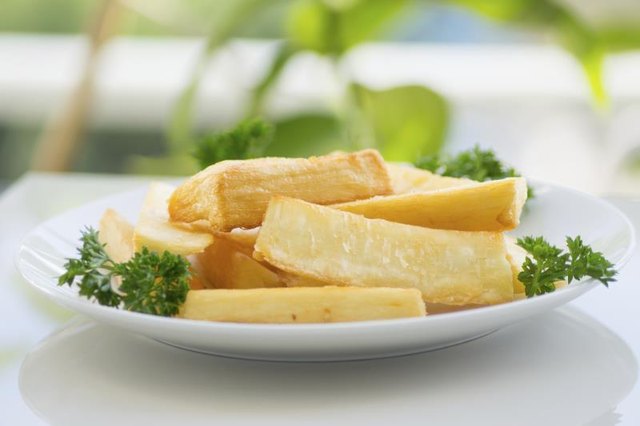Taking into account the growing energy consumption and domestic energy supply constraints, Malaysia has set sustainable development and diversification of energy sources, as the economy’s main energy policy goals. The Five-Fuel Strategy recognises renewable energy resources as the economy’s fifth fuel after oil, coal, natural gas and hydro. Being a major agricultural commodity producer in the region Malaysia is well positioned amongst the ASEAN countries to promote the use of biomass as a renewable energy source
Biomass feedstock has long been identified as a sustainable source of renewable energy particularly in countries where there is abundant agricultural activities. Malaysia has tremendous biomass and wood waste resources available for immediate exploitation. This energy potential of biomass wastes is yet to be exploited properly in the country. Intensive use of biomass as renewable energy source could reduce dependency on fossil fuels and significant advantage lies in reduction of net carbon dioxide emissions to atmosphere leading to less greenhouse effect. However, increased competitiveness will require advances in technologies for converting this biomass to biofuel efficiently and economically.
Major Biomass Resources
- Agricultural crops e.g. sugarcane, cassava, corn
- Agricultural residues e.g. rice straw, cassava rhizome, corncobs
- Woody biomass e.g. fast-growing trees, wood waste from wood mill, sawdust
- Industrial wastes e.g. rice husks from rice mills, molasses and bagasse from sugar refineries, residues from palm oil mills
- Municipal solid waste
- Livestock manure
Malaysia is the world’s leading exporter of palm oil, exporting more than 13.75 million tonnes of palm oil in 2007. The extraction of palm oil from palm fruits results in a large quantity of waste in the form of empty fruit bunches shells and fruit fibre. In 2004, more than 25 million tons of oil palm biomass was generated. Apart from palm biomass waste, two other products from this industry can mitigate climate change – palm biogas and biofuel. Processing crude palm oil generates a foul-smelling effluent that, when treated using anaerobic processes, releases biogas.
Rice husk is another important agricultural biomass resource in Malaysia with very good energy potential for power cogeneration. An example of its attractive energy potential is biomass power plant in the state of Perlis which uses rice husk as the main source of fuel and generates 10 MW power to meet the requirements of 30,000 households - www.bioenergyconsult.com
